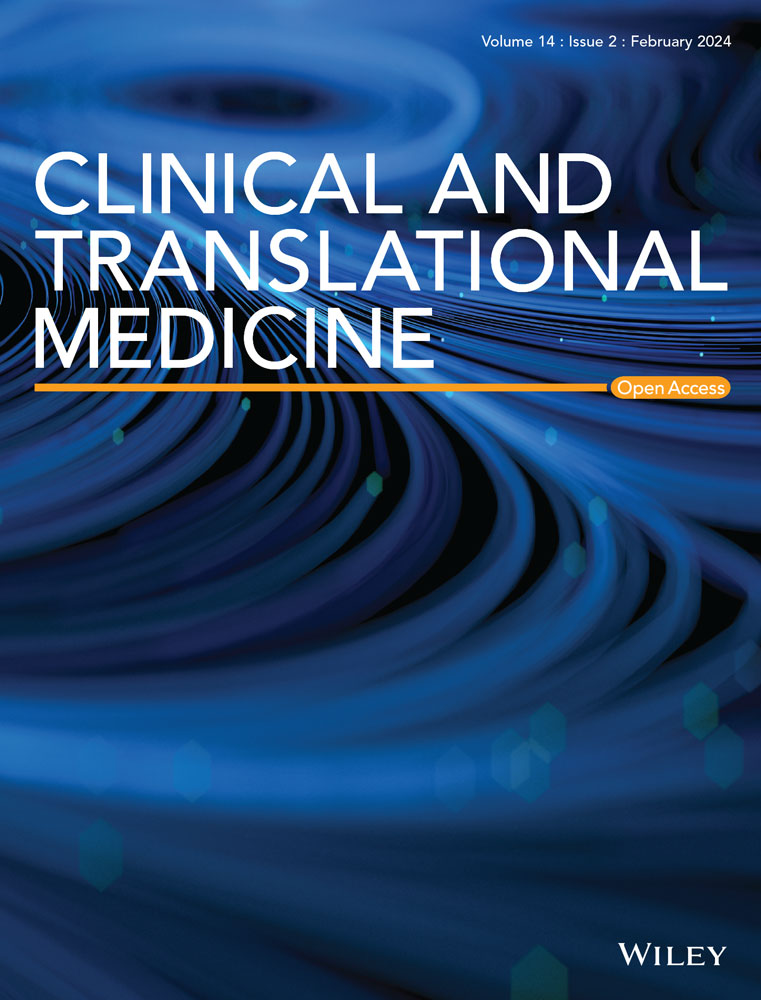Targeting c-Myc enhances immunotherapy efficacy in combination with Ras inhibitor in triple-negative breast cancer
Abstract
Background
Triple-negative breast cancer (TNBC), which lacks hormone receptors and HER2 expression, presents substantial therapeutic challenges in breast cancer treatment. The efficacy of immunotherapy frequently suffers from the immunosuppressive nature of tumour microenvironment (TME). Hence, discovering effective targets to hinder TNBC progression and bolster immunotherapy's effectiveness is paramount. Previous research from our team indicated notable upregulation of c-Myc in TNBC, and suppressing c-Myc enhances the efficacy of PD-L1 blockade in murine models; nevertheless, the precise mechanisms underlying this phenomenon remain elusive.
Methods
We analysed c-Myc expression and implemented a systematic drug library screening strategy alongside c-Myc knockdown to pinpoint potential synergistic agents in TNBC cells. To decipher the regulatory mechanisms of this synergy on cellular malignancy, we conducted cell cycle analysis, cell interaction assays, and RNA-sequencing. Additionally, we established orthotopic and lung metastasis murine models assess how combination therapy influences PD-L1 blockade efficacy.
Results
Elevated c-Myc was observed in TNBC and the Ras inhibitor Salirasib was identified as a potent synergistic agent from cell cycle drug library in c-Myc-overexpressing TNBC. The application of Salirasib combined with c-Myc knockdown markedly suppressed tumour cell aggressiveness and induced apoptosis in vitro. Mechanistically, RNA sequencing revealed that the combination therapy blocked MCM2-mediated DNA replication in TNBC cells, causing G1/S phase arrest and enhancing tumour suppression. In vivo, the combination significantly improved PD-L1 blockade efficacy, leading to reduction of tumour volume, inhibition of lung metastases, and remodelling of the immune microenvironment in murine TNBC models.
Conclusions
In summary, our investigation identifies a molecular vulnerability in c-Myc-driven TNBC, where Ras inhibition reinforces c-Myc-targeted therapy and potentiates immune checkpoint blockade, presenting a promising strategy to improve immunotherapy efficacy in TNBC.


 求助内容:
求助内容: 应助结果提醒方式:
应助结果提醒方式:


